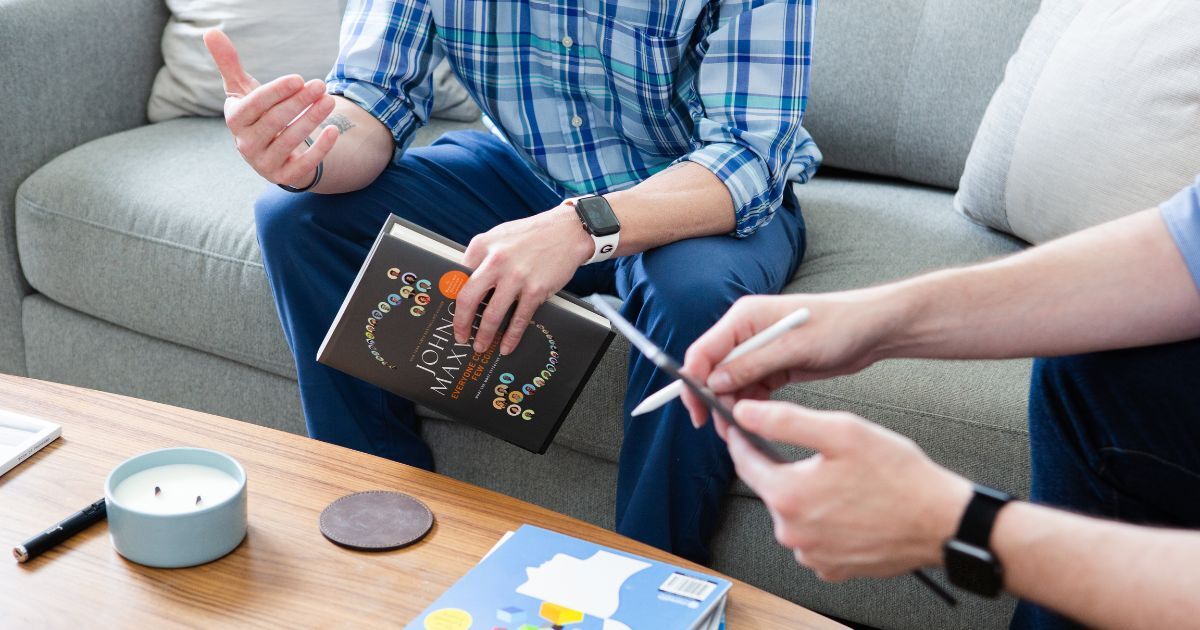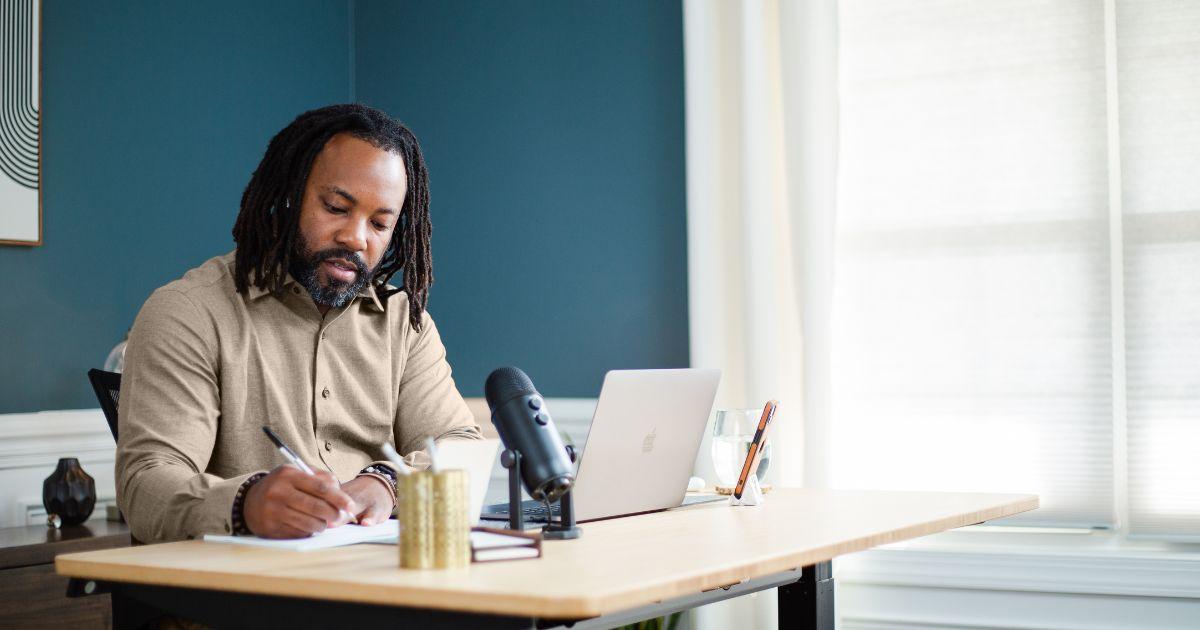
Most people are taught at an early age that vulnerability ("uncertainty, risk, and emotional exposure", according to Brené Brown) is scary. Whether it be in an interaction with a family member, teacher, or schoolmate, many of us learned when we were quite young that being vulnerable is weakness and is to be avoided at all costs. For many of us, that led to a deep, on-going striving for perfection. Perfectionism ultimately became our defense.
In adulthood, while we may have learned in some of our interpersonal relationships to admit when we were wrong or have made mistakes, for some reason, this admission of imperfection can still be scary in the workplace. Why?
Well, we know that a healthy work culture starts from the top and then spreads downward from there. It is possible that you have not had the opportunity to work within a healthy, psychologically safe environment before. Perhaps you have not had a manager or leader create that safe space for you. Healthy work culture is in danger when vulnerability is absent.
In her book Dare to Lead, Brené Brown explains:
... many organizational cultures and leaders still ascribe to the myth that if we sever the heart (vulnerability and other emotions) from our work, we’ll be more productive, efficient, and ... easier to manage. Or, at the very least, we’ll be less messy and less ... well, human. These beliefs lead us to consciously or unconsciously build cultures that require and reward armor ... They reward armor like perfectionism, emotional stoicism, the false compartmentalizing of our lives and our work ... When we imprison the heart, we kill courage.
Here are three ways we can encourage and cultivate vulnerability at work:
- Vulnerability begets creativity. I believe that most people want to feel more human and less like a cog in a machine at work. Pablo Picasso is credited with saying, “Every child is an artist; the problem is staying an artist when you grow up.” Picasso acknowledges that we are all born with a creative bent, and creativity requires courage. If we kill courage at work by marking vulnerability as a weakness, just think of all the incredible ideas we are missing out on from one another! When we create a safe space for vulnerability, we encourage others to share their ideas free from judgment and instant rejection and creativity can increase exponentially.
- Vulnerability creates connection. We all hope for loyalty in our connections, and we cannot get there if we do not take that first brave step. As leaders, we need to create more freedom, invitation, and permission in our places of work that enable the people around us to step into that creative, vulnerable space and be more honest with us. Do you feel that you set that example for the people around you?
- Vulnerability kills the notion that mistakes are not allowed. One of the most freeing things we can do as leaders is to share both our ideas and admit our mistakes. People are going to make mistakes. How do you respond when someone makes a mistake at work? It’s important that we recognize that our mistakes do not define us, and neither do other people’s mistakes define them. When people are afraid to make mistakes, they stop learning. Shouldn’t we as leaders be doing all we can to help the ones we lead grow and learn? The myth of perfectionism stunts growth. Let’s leave perfectionism behind and praise people for growing.
Vulnerability does not need to be scary. When we open the door for vulnerability, we increase invention, create genuine connections with one another, and foster growth and learning. If this atmosphere was the norm, who wouldn’t get excited about a day at work? Let’s be intentional in creating spaces for people where dreaming is rewarded and mistakes are merely stepping stones on the path to seeing those dreams fully realized.
Suggested Reading for further growth:
Dare to Lead, Brené Brown
Opening photo by Alice Dietrich on Unsplash
by Laura Sue Johnson
Related Content

Article
Start with Wins: The Power of Positive Meeting Openings
Ever notice how a single positive interaction can shift the entire trajectory of your day? There's actually solid science behind that feeling, and it's…

Erik Reagan

Article
The Do’s and Don’ts of Budgeting for Professional Development
When it comes to professional development, small business owners face a unique challenge. With limited resources, you need every dollar to stretch as far as…

Erik Reagan

Article
Healthy High Performers: What Sets Them Apart
As a business owner, you’ve likely come across people who seem to consistently operate at a high level, delivering exceptional results without burning out.…

Erik Reagan